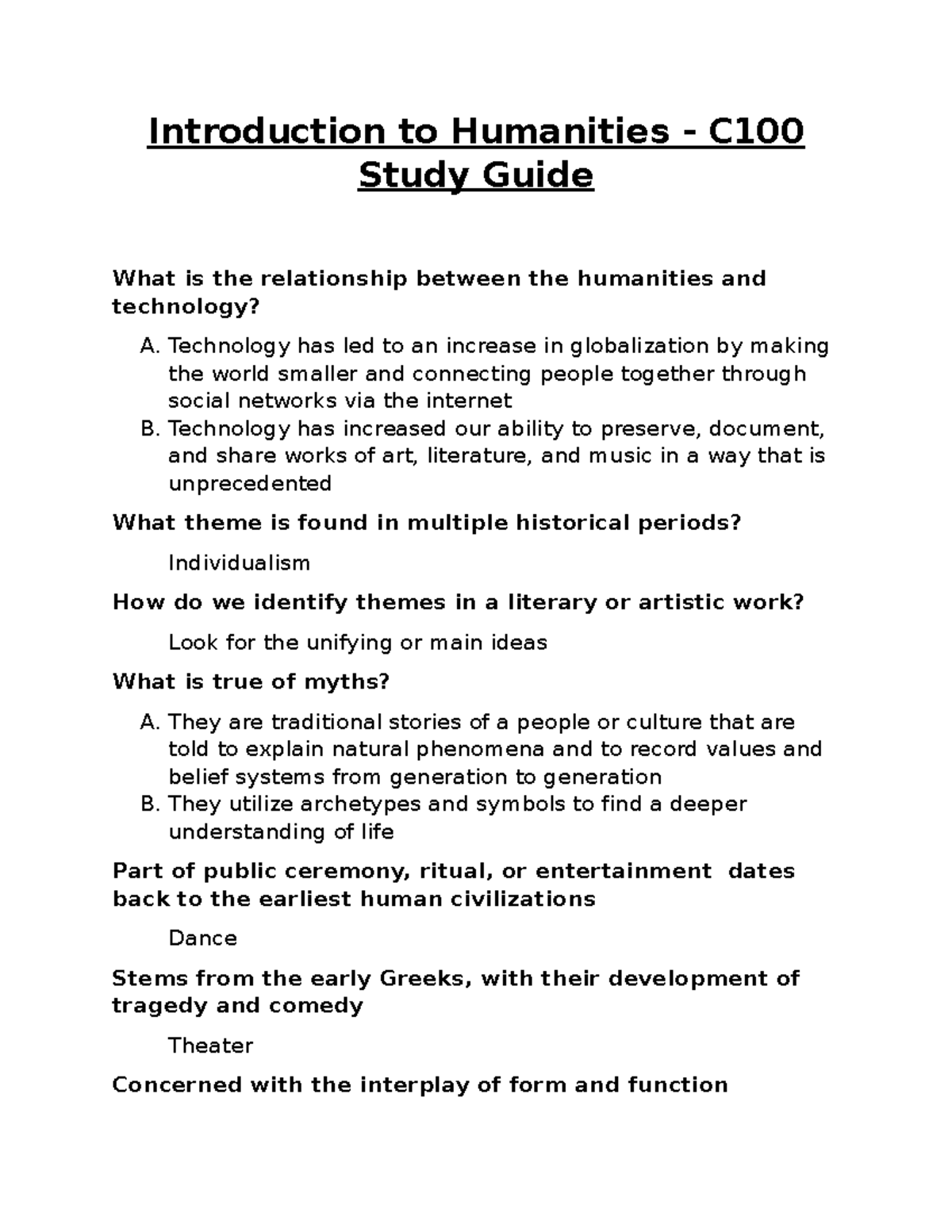South Asian art pigments present a vivid exploration into the rich history and cultural significance of the region’s artistic practices. These historical pigments not only reflect the ingenuity of traditional artisans, but they also offer insight into the diverse range of colorants used across centuries. As researchers delve into Indian manuscript analysis, the findings from projects like the Mapping Color in History Project highlight the intricate relationships between indigenous and imported pigments. This ongoing effort emphasizes the importance of art conservation, showcasing how a pigment database can unveil the secrets of these vibrant materials. By understanding the role of colorants in art, we can appreciate the complexity and beauty inherent in South Asian artistry.
Exploring the hues and shades embedded in South Asian artistry reveals a tapestry woven from natural materials and ancient techniques. From dyes to colorants, each element plays a vital role in defining the artistic legacy of the region. With a focus on traditional practices and modern scientific analysis, the study of pigments illuminates the intricate connections between cultural heritage and artistic expression. This examination of materials not only enriches our understanding of historical pigments but also enhances efforts in art conservation and preservation. The significance of these discoveries paves the way for a deeper appreciation of South Asian art and its vibrant palette.
Exploring Historical Pigments in South Asian Art
The study of pigments used in South Asian art reveals a rich history that intersects with cultural practices, trade, and indigenous knowledge. By exploring the historical pigments identified in various artworks, researchers can gain insights into the artistic techniques and material choices made by artists throughout the region’s history. This understanding is crucial for art conservation efforts, ensuring that we respect the original materials artisans used centuries ago while also applying modern preservation techniques.
Recent efforts, such as those conducted by the Mapping Color in History Project, have illuminated previously overlooked aspects of pigment usage. For example, the discovery of local variations in known pigments—like cobalt—challenges the narrative that suggests a solely European influence on South Asian art. By examining these historical pigments, scholars can create a more nuanced narrative that incorporates indigenous practices and increases the appreciation of South Asian art’s diversity.
The Importance of a Pigment Database
A dedicated pigment database for historical artworks serves as an invaluable resource for researchers, conservators, and art historians. Such databases compile important information, including the types of pigments used, their sources, and the methods employed to analyze them. This data not only provides insight into the technical aspects of the artwork but also plays a vital role in art conservation strategies, allowing conservators to maintain and restore pieces without compromising their historical integrity.
The Mapping Color in History Project’s open-access database exemplifies this initiative, allowing users to filter results by various criteria, thereby facilitating comprehensive research. As more artworks and pigment information are added, this database will bolster our understanding of art history, particularly regarding the application and significance of colorants in South Asian art. Such tools can pave the way for future discoveries and promote collaboration between diverse fields.
Collaborative Efforts in Art Conservation
Art conservation is increasingly recognized as a collaborative endeavor that requires input from multiple disciplines, including digital humanities, conservation science, and art history. The Mapping Color in History Project embodies this multidisciplinary approach, bringing together experts to analyze pigments in historical artworks. This collaboration fosters a richer comprehension of South Asian art, linking scientific analysis with artistic context and enhancing the capacity for informed conservation.
Moreover, involving contemporary artists in these conservation discussions offers a unique vantage point for understanding the continuity of artistic practices across generations. The partnership with Babulal Marotia, for example, not only aids in pigment analysis but also respects and preserves the cultural lineage of these traditional techniques, enriching the narrative surrounding both historical and modern art forms.
Innovative Techniques for Analyzing Artworks
In revealing the secrets of historical artworks, scientists employ innovative non-destructive analysis methods, which allow pigment identification with minimal risk to the artwork. Techniques such as Raman spectroscopy and x-ray fluorescence are invaluable as they facilitate the examination of compositions without compromising the integrity of the pieces. This approach ensures that even the most fragile manuscripts can be studied, yielding essential information about the materials and methods used by historical artists.
These advanced imaging techniques highlight the intricate layers of color, allowing scientists like Katherine Eremin to view the nuanced combinations of pigments. With the aid of these methods, researchers can delineate between multiple shades and sources, informing strategies for subsequent art conservation and deepening our understanding of the artist’s intent and choices in pigment application.
Cultural Heritage and Its Impacts on Art
The interplay between cultural heritage and artistic expression is profound, particularly in regions with rich historical backgrounds like South Asia. Understanding the pigments used in these artworks allows us to appreciate not only the aesthetic qualities but also the cultural narratives and practices that underpin them. Projects aimed at mapping pigments are crucial because they reconnect contemporary society with its artistic past, offering insights that elevate the status of cultural heritage.
Additionally, the accessibility of such knowledge helps preserve these traditions by educating future generations about the significance of their artistic heritage. Initiatives that focus on pigment analysis thus play a dual role: safeguarding the past while also informing contemporary practices and appreciation for traditional art forms.
Revisiting Manuscripts Through Scientific Inquiry
Manuscripts serve as a vital link to understanding the artistic and cultural contexts of historical periods. Analyzing these documents through scientific inquiry provides rich layers of information about the raw materials used, the techniques employed, and the evolution of artistic practices over time. The findings derived from such analyses not only illuminate the specific choices made by artists but also contribute to the broader understanding of historical colorants in art, including the indigenous methods that may have been overlooked.
In specific cases, like the investigation of the 15th-century Jain manuscript, research has revealed that some pigments traditionally thought to be imported might have been used earlier in South Asia than recorded. This discovery not only challenges existing narratives about the timeline of pigment adoption but also highlights the complex interactions between regional artisans and global influences on artistic practices.
Artistic Trends and Their Reflection in Color Usage
The pigments used in artworks can reflect broader artistic trends and societal changes occurring at a given time. By examining the color palette favored by certain artists or movements, researchers can infer values, influences, and technological advancements that affected art production. For instance, the frequent use of vibrant colors in South Asian art could suggest a cultural inclination towards celebration and storytelling, as seen in depictions of deities and mythological narratives.
Moreover, understanding these artistic trends through pigment analysis can enhance the appreciation of how artists navigated their surrounding environments, selecting materials based on availability, cultural significance, or even trade connections. Tracking the evolution of color choices over time serves as a rich narrative thread within the larger tapestry of art history.
The Role of Technology in Historical Art Research
Advancements in technology have revolutionized the field of art historical research, particularly in pigment analysis and identification. High-tech tools enable researchers to uncover details that have remained hidden in plain sight, allowing for a more in-depth understanding of materials used in historical artworks. Technologies such as hyperspectral imaging and advanced spectrometric techniques allow conservators to decipher complex compositions of pigments without physical interference.
These innovations not only enhance the quality of research but also help preserve precious cultural artifacts, ensuring they remain intact for future generations to study and admire. As collaborative projects like Mapping Color in History become more widespread, the synergy between technology and historical inquiry will yield groundbreaking insights into art preservation and appreciation.
Future Directions for Pigment Research
The future of pigment research in South Asian art looks promising, with ongoing projects focused on expanding pigment databases and improving accessibility to information. Efforts to gather more comprehensive datasets will allow researchers to identify trends and patterns in color usage, ultimately providing a clearer understanding of historical artistic practices across the region. Continuous collaboration among art historians, scientists, and conservationists will ensure that the richness of South Asian art is celebrated and maintained.
Furthermore, as technology evolves, new methods of analysis will emerge that can reveal even finer details about historical artworks. Future research could explore lesser-known pigments and their applications, broadening our knowledge of colorants in art and reaffirming the importance of preserving this knowledge within the context of cultural heritage.
Frequently Asked Questions
What are the main features of the pigment database in South Asian art?
The pigment database for South Asian art, developed as part of the Mapping Color in History Project, offers users the ability to search artworks by title, keyword, pigment, color, and even location of origin. It provides detailed analyses of the pigments used in each piece, including identification methods and confidence levels, making it an essential resource for art historians and conservators.
How does historical pigment analysis differ in South Asian art compared to Western art?
Historical pigment analysis in South Asian art has revealed unique indigenous colorants that may not have been previously recognized. While many pigment databases focus on Western art, the analysis of artworks from South Asia uncovers local practices and pre-European influences, challenging past assumptions of colorant origins and usage.
What role do pigment databases play in art conservation for South Asian artworks?
Pigment databases are crucial in art conservation for South Asian artworks as they provide essential information for understanding the materials and techniques used by artists. This knowledge helps conservators make informed decisions about preservation methods, ensuring that historical integrity and color accuracy are maintained in restoration efforts.
What insights can modern pigment analysis provide about traditional South Asian art techniques?
Modern pigment analysis can reveal how traditional South Asian artists selected and mixed colorants, demonstrating their sophisticated understanding of materials. By examining contemporary practices alongside historical examples, researchers can trace the evolution of techniques and better appreciate the artistic trends and innovations over time.
How can educators utilize South Asian pigment studies in the classroom?
Educators can leverage studies of South Asian art pigments to enrich art history and conservation curricula, highlighting the diversity of global artistic traditions. By incorporating hands-on analysis and database exploration, students can gain a deeper understanding of the cultural significance of color and materials in South Asian art, bridging science and humanities.
What impact is the Mapping Color in History Project expected to have on future research into South Asian art pigments?
The Mapping Color in History Project aims to enhance future research by providing an open-access pigment database that allows scholars to discover previously unknown relationships between artworks and their materials. By mapping historical pigments in South Asian art, the project hopes to foster interdisciplinary collaborations between art historians, scientists, and conservators.
| Key Point | Details |
|---|---|
| Historical Context | Cobalt pigments found in a 15th-century Indian manuscript suggested European influence, sparking research into indigenous pigment use. |
| Project Overview | The Mapping Color in History Project, initiated by Jinah Kim in 2018, aims to create a database for historical pigments in South Asian art. |
| Database Features | Open-access database allows searches by painting title, pigment, or artist, and includes scientific analysis of pigments. |
| Collaboration | The project involves collaboration between art historians, conservation scientists, and digital humanities experts. |
| Analysis Techniques | Non-destructive methods like UV light imaging and Raman spectroscopy are used to analyze pigments without damaging artworks. |
| Contemporary Relevance | The project studies modern pigments used by artists like Babulal Marotia, linking past techniques with current practices. |
Summary
South Asian art pigments are a fascinating area of study that reveals the intricate history and techniques of color use in the region’s art. Recent research through the Mapping Color in History Project has uncovered significant insights into both historic and contemporary pigment usage, challenging long-held assumptions about importation from Europe. By building an accessible database and employing modern analysis techniques, scholars aim to deepen our understanding of the rich traditions of South Asian colorants, emphasizing the importance of indigenous sources in the creation of vibrant art across centuries.




